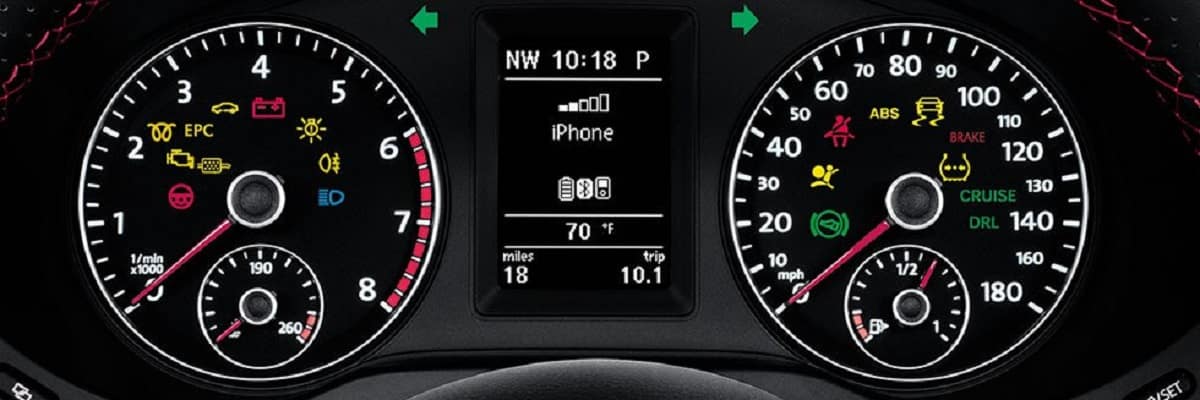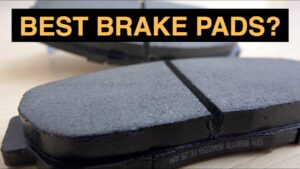Imagine that while you are driving your automobile, a weird light on the dashboard begins to flicker on and off. The EPC light is what it is known as, and it can be a little confusing. But don’t worry; we’re here to explain what it means and why it acts in this manner to you. The Electronic Power Control, or EPC, light acts as a vigilant watchman for the engine in your car.
When it turns on, your car is essentially signalling, “Hey, something’s not quite right!” But what triggers its on-and-off states? In this article, we’re going to look at it. Don’t worry; in this post, we’ll unravel the puzzle of the EPC light’s secret, explain why it turns on and off, and suggest solutions.
Table of Contents
What Does EPC Light In A Car Mean?
Let’s first define what EPC means before we explore the potential causes of why EPC light comes on and off. The EPC (Electronic Power Control) light on a car’s dashboard acts as a messenger. It turns on when the computer in your car detects an issue with how the engine operates. It acts as a kind of engine health guardian. When the EPC light illuminates, it is alerting you to the possibility of a problem. It could be brought on by malfunctioning sensors, a dirty throttle body, or even a software bug.

The problem is that you don’t always have to stop driving when the EPC light illuminates. It depends on how quickly it blinks and whether any further warning lights are on. If it’s merely flickering, you might be able to continue driving, but to keep your car in good working order, it’s critical to have it checked out quickly by a mechanic.
Therefore, remember your automobile uses the EPC light on the dashboard to let you know when something isn’t quite right with the electronic power control system. However, why does it switch on and off? Let’s investigate.
Why Does EPC Light Comes On And Off?
When it flickers on and off, your car’s EPC light can be a perplexing sight. Let’s simply investigate its common causes in order to solve the enigma behind it.

1. Defective Sensors:
Faulty sensors are one of the most frequent causes of the EPC light to flicker. A network of sensors in your car is used to keep track of things like oxygen levels and the throttle. The EPC system may activate the warning light in response to certain sensors failing or sending inaccurate data.
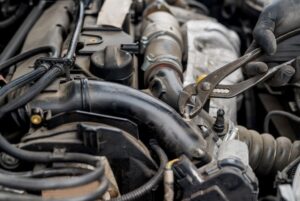
2. Throttle Body Problems:
The performance of the engine is impacted by the throttle body’s control over airflow. The EPC light may come on if the throttle body is filthy, broken, or not functioning properly.

3. Leaky Vacuum:
An effective sealed vacuum system is necessary for the engine of your car to run. Any leaks in this system could affect the air-to-fuel ratio, causing problems with the engine and the activation of the EPC light.
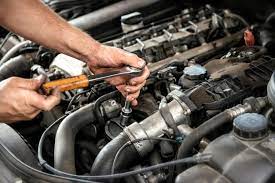
4. Wiring Issues:
Damaged or damaged wiring may result in occasional connections, which could activate the EPC light. Although difficult to diagnose, these problems must be resolved.
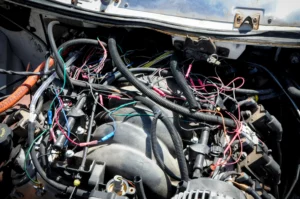
5. Defective Electronic Parts:
Numerous electronic parts that make up the EPC system can break down over time. The warning light may then behave erratically as a result.
6. Software Errors:
Sometimes software bugs or problems with the car’s computer system can cause the EPC light to turn on. Updates or reprogramming of the software can fix these issues.

Therefore, these are some common causes why your EPC light comes on and off in a car. Don’t panic! we’ll suggest some straightforward solutions to this issue in detail.
Is It Safe To Drive With A Flickering EPC Light?
The answer to this query relies on what the underlying source of the problem is. Your car may still be safe to drive if the EPC light is flickering as a result of a tiny sensor issue or a brief problem. However, in order to avoid any potential engine damage, it’s imperative to get the issue identified and fixed as soon as feasible.

However, it is preferable to pull over right away and have your car towed to a shop if the EPC light is flashing erratically or is present along with other warning lights (such as the check engine light). Such circumstances can put your safety at risk while you’re driving and cause serious engine damage.
How To Address A Flickering EPC Light?
Let’s examine the measures you may take to resolve this issue now that we’ve covered the potential causes of the EPC light acting up:
1. Look For Weak Connections:
Sometimes, the issue could be as straightforward as a disconnected or loose cable. Check the connectors and wiring harness for any problems.
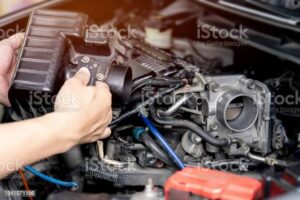
2. Examination Of The Throttle Body:
Consider cleaning it or having it professionally inspected and cleaned if you believe the throttle body may be malfunctioning. A defective throttle body could also require replacement.
3. Lookup Error Codes:
Onboard diagnostic systems in contemporary vehicles retain error codes relating to various problems. These codes can be retrieved by a mechanic using a diagnostic scanner, which aids in identifying the precise issue.

4. Eliminate Vacuum Leaks:
A smoke test can help you find and fix vacuum system leaks if you think there may be any.
5. Consult A Specialist:
While DIY troubleshooting has its benefits, complex EPC problems frequently call for a skilled mechanic’s assistance. Don’t be afraid to ask for help from a professional if you need it.

6. Updates To Software:
Your vehicle’s manufacturer may offer updates or patches to fix the issue if the issue is caused by software issues. For any updates that might be available, contact your dealership.
Explain Preventive Measures To Avoid EPC Issues
The best course of action is always to avoid EPC light problems in the first place. Here are some pointers to keep your electrical power control system in good shape:
1. Continual Upkeep:
Follow the prescribed maintenance schedule for your vehicle, which should include sensor checks, air filter replacements, and oil changes.
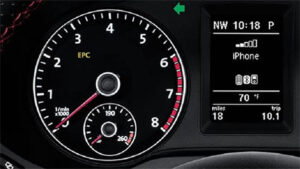
2. Suitable Fuel:
To stop pollutants from harming your engine, use high-quality fuel and stay away from dubious gas stations.
3. Clean Air Filter:
A clean air filter ensures that your engine receives the optimum airflow, lowering the possibility of sensor and throttle body problems.
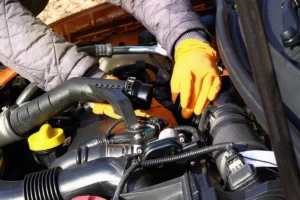
4. Drive Easily:
Avoid aggressive driving styles that put stress on your vehicle’s systems, such as abrupt acceleration and forceful braking.
5. Watch For Warning Lights:
Keep an eye on the warning indicators on your dashboard. To stop them from growing into bigger issues, take immediate action.
Conclusion:
Now, that you’re aware of why your car’s EPC light comes on and off; it can be concerning, but it’s not always a cause for alarm. The key to fixing the problem and guaranteeing your vehicle’s continuous safe functioning is to comprehend the typical reasons, evaluate the severity, and take the proper action. You can enjoy hassle-free and worry-free road trips by keeping up with routine maintenance and paying attention while driving.
